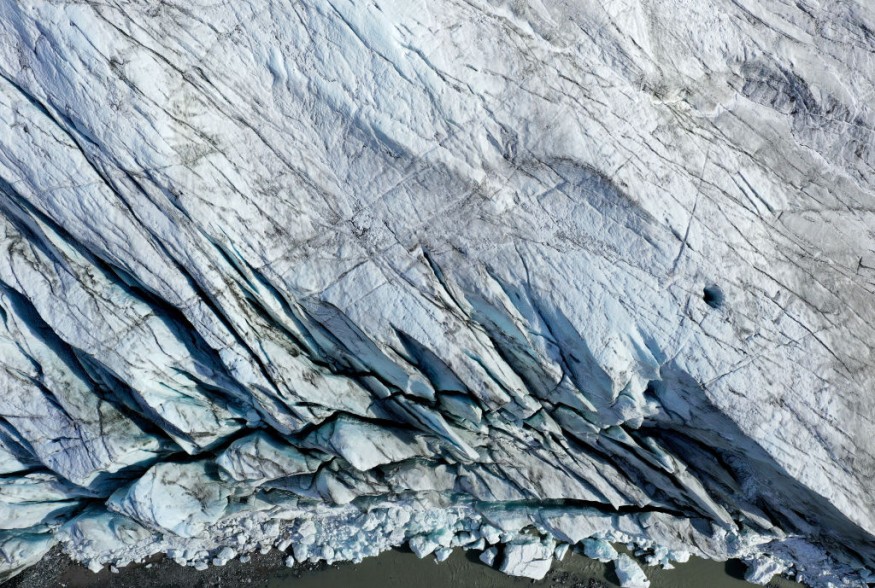Greenland shelters beneath its ice sheet the massive Hiawatha crater, also known as the Hiawatha impact crater or Hiawatha meteorite impact crater-which is 31 kilometers (19 miles) wide. It is buried under the Hiawatha Glacier in northwestern Greenland. The crater is older than we previously thought.
A new discovery of the Hiawatha crater indicates it was formed 58 million years ago, instead of 13,000 years ago-as previously proposed when it was first discovered in 2015.
The crater was a result of a meteorite that hit Earth 8 million years after the Chicxulub asteroid killed almost all life on Earth.
Hiawatha Impact Crater

The Hiawatha impact crater was first discovered in 2015. It is located under the Hiawatha Glacier near Inglefield Land in northwestern Greenland. The size of the impact is comparable to the cities of Paris, France, and Washington, DC, as per the National Aeronautics and Space Administration (NASA).
The crater remained unknown until 2015 when an airborne survey from the Alfred Wegener Institute in Germany was sent to examine the region.
The radio waves from the airborne survey were able to penetrate the ice sheet which led to the discovery of the 58-million-year-old crater, according to NASA.
Scientists used two unique dating methods around the impact site. It was here the scientists determined the crater was older than previously thought. It was proposed before the impact occurred 13,000 years ago but the latest dating suggests it transpired 58 million years ago.
Also Read : Gigantic Asteroid Will Pass By Earth in 7 Years, Do We Have Defense Against Such Threats?
Environmental and Geological Impact
The new discovery was published in a study in Science Advances on Wednesday, March 9. Although the environmental impact of the Hiawatha crater meteorite is unlike the Chicxulub asteroid impact in Mexico, Greenland's meteorite strike is millions of times of energy than an atomic bomb.
The meteorite impact from the Hiawatha crater may have had a regional environmental and geological impact at a time when Greenland was not the icy island country that we know today.
Particularly, the impact is enough to cause increased seismic shaking and turn trees into dust, according to Gavin Kenny, a geologist at the Swedish Museum of Natural History and the lead author of the study, as cited by Reuters.
Space Rocks
Space rocks, including asteroids, meteorites, and comets, have hit Earth multiple times since the formation of the planet approximately 4.5 billion years ago. However, not all rocks hit Earth all the time-as some manage to safely fly by Earth given a safe distance away from the planet's gravitational field.
According to Space.com, thousands of debris from space rocks hit Earth every year but a large number of them go unnoticed due to their size and the remoteness of their crash site. In addition, some of these space rocks are burnt by our planet's atmosphere once they enter.
These space objects were once part of the formation of our solar system several billion years ago. Although some small rocks have hit Earth on a regular basis, some dangerous space rocks-with significant size to cause a major impact-have safely passed by our planet.
There is no known planet-killing space rock recorded since the dawn of human civilization, particularly after the asteroid which caused the Chicxulub crater in Mexico and the extinction of dinosaurs 66 million years ago.
© 2025 NatureWorldNews.com All rights reserved. Do not reproduce without permission.





